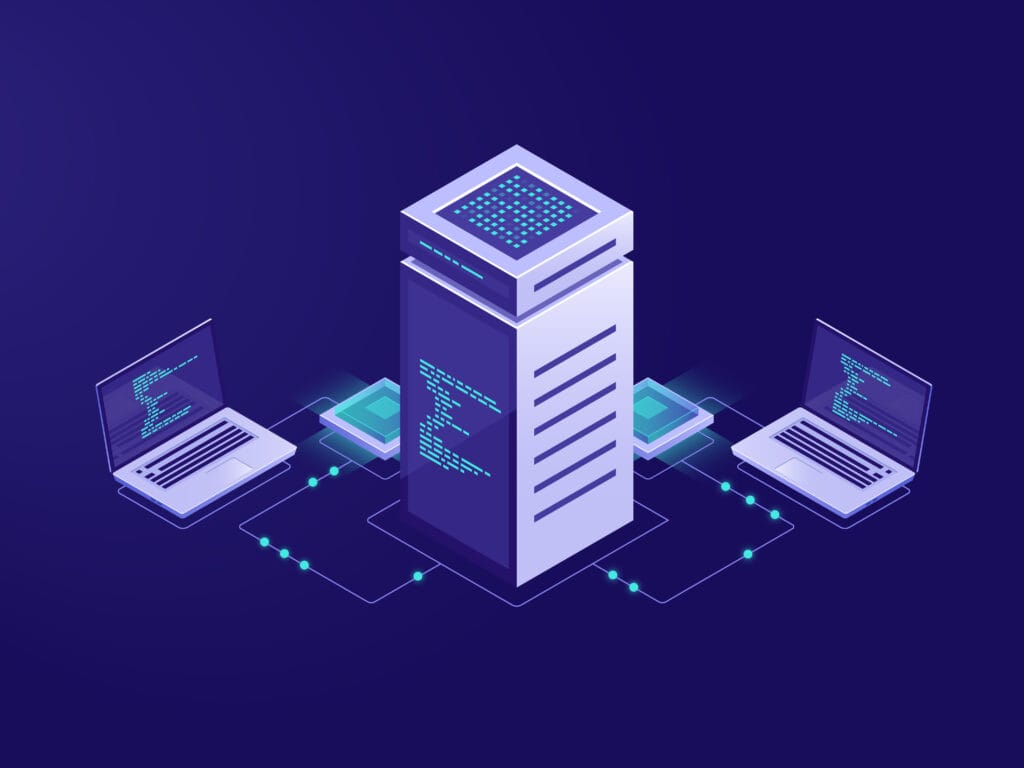As the world of IT continues to evolve, companies are always on the lookout for technologies that simplify workflows, enhance scalability, and reduce operational costs. One such technology that’s gaining widespread attention is serverless architecture. No, it doesn’t mean servers magically vanish, but rather, it eliminates the need for businesses to manage and maintain their servers directly. For IT teams focused on maximizing efficiency and reducing their workload, serverless architecture offers a promising solution. But, like every technology, it has its strengths and limitations.
In this blog, we’ll explore what serverless architecture is and dive deep into its pros and cons, particularly from the perspective of IT teams.

What is Serverless Architecture?
Serverless architecture refers to a cloud-computing model where developers can run code without the need for managing or provisioning servers. Instead, the cloud provider (AWS Lambda, Google Cloud Functions, Azure Functions, etc.) takes on the responsibility of server management, dynamically allocating resources as needed. Developers write functions (often referred to as “functions as a service” or FaaS) that are triggered by specific events.
In simpler terms, serverless allows businesses to focus on coding and deploying applications without worrying about the infrastructure.
Pros of Serverless Architecture for IT Teams
- Cost Efficiency
One of the standout benefits of serverless architecture is its cost efficiency. In traditional setups, businesses have to provision and pay for servers, even during times of low traffic or inactivity. With serverless, you only pay for the compute resources used when your function is running, which can lead to significant cost savings, especially for smaller applications or workloads with sporadic demand. - Automatic Scalability
For IT teams, scaling infrastructure to meet growing demand can be a complex task. Serverless architectures handle this automatically. When traffic increases, the serverless platform scales the application by running more instances of the function. When traffic drops, it scales down, ensuring that you’re not paying for unused capacity. - Faster Time to Market
By eliminating the need to manage infrastructure, serverless architecture allows developers to focus entirely on code. This means quicker development cycles and faster deployment of features. IT teams can deliver applications more rapidly, making it easier to respond to changing business requirements or market conditions. - Reduced Maintenance and Overhead
Serverless architecture abstracts server management, security patches, and other maintenance tasks. This reduces the operational burden on IT teams, freeing up time to work on value-added tasks, such as improving application performance and delivering new features, rather than handling infrastructure issues. - Built-in High Availability
Cloud providers that offer serverless architecture ensure high availability. Functions are replicated across multiple locations, ensuring minimal downtime. This gives IT teams peace of mind, knowing that their applications will remain available even in the event of regional outages.
Cons of Serverless Architecture for IT Teams
- Cold Starts
One of the biggest challenges IT teams face with serverless is cold starts. When a function hasn’t been used for a while, the system shuts it down to save resources. When it’s triggered again, there’s a slight delay (referred to as a “cold start”) as the cloud provider spins up the function. For applications that require near-instant responses, this can be a critical drawback. - Limited Control
With serverless, you hand over much of the control of your infrastructure to a cloud provider. While this reduces your operational burden, it also means less flexibility to customize server environments, networking configurations, or fine-tune the application’s performance in specific ways. IT teams accustomed to full control may find this lack of customization frustrating. - Debugging and Monitoring Complexity
Serverless applications are composed of many small, independently deployed functions, making it harder to monitor performance and debug issues compared to traditional monolithic applications. IT teams often need to invest in additional third-party tools for effective logging, monitoring, and error tracing across distributed functions. - Vendor Lock-In
Choosing a serverless platform often ties you to a specific cloud provider (e.g., AWS, Google Cloud, Azure). Migrating to another provider can be difficult because serverless functions are written with specific provider tools, APIs, and architectures in mind. IT teams must weigh the risks of being locked into a vendor’s ecosystem. - Latency Concerns
While serverless architectures scale easily, the distribution of functions across different regions can introduce latency, especially when serving users across multiple geographies. If your application requires real-time interactions, these latency issues can be problematic.
When Should IT Teams Consider Serverless Architecture?
Serverless architecture isn’t a one-size-fits-all solution. IT teams should consider it when:
• They are working on projects that have variable workloads or unpredictable traffic patterns.
• The team’s focus is more on rapid feature development than on infrastructure management.
• There’s a need to reduce costs, especially for applications with low or intermittent usage.
• They are developing microservices or event-driven applications that benefit from the scalability of serverless functions.However, for applications with constant, predictable demand, or those that require specific customizations and low-latency responses, serverless may not be the best fit.
Conclusion
Serverless architecture offers a host of benefits for IT teams, from cost savings to reduced operational overhead. By eliminating the need to manage infrastructure, it allows IT teams to focus on developing features and improving applications. However, it comes with its own set of challenges, such as cold starts, limited control, and potential vendor lock-in.
Ultimately, whether serverless is the right choice depends on the specific needs of your IT team and application. By weighing the pros and cons of serverless architecture, teams can determine whether serverless is the solution that best meets their operational goals. For a deeper understanding of similar technologies that are shaping the future of IT, check out our guide on Artificial Intelligence.
By understanding the benefits and limitations of serverless architecture, IT teams can make informed decisions and adopt the right technologies for their evolving needs. To further explore modern cloud practices, visit resources such as AWS Lambda’s documentation or Google Cloud Functions.